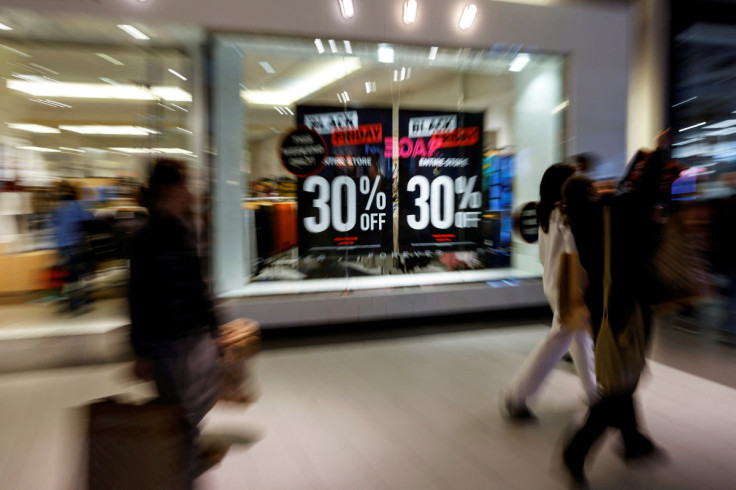1 Thing Missing From The Shopping Malls This Holiday Season
Shoppers are back to brick-and-mortar retailers in droves this holiday season. The shelves are filled with merchandise. But one thing needs to be added: store staff to help shoppers with merchandise selection and pay at the register.
According to traffic data from a data analytics firm Placer.ai, Black Friday saw much bigger crowds than other days during 2022, with shopping malls experiencing far and above average visits. Outlet malls saw the most significant visit gains, up 366%, followed by indoor malls, up 261%, and open-air lifestyle centers, up 151%. For the first three weeks of November 2022, outlet visits soared 395% year-over-year, indoor visits rose by 277% and open-air lifestyles rose by 160%.
"The data serves as the latest indication of the ongoing decline of Black Friday's centrality," Ethan Chernofsky, vice president of marketing at Placer.ai, said. "Nonetheless, the day did still drive a massive surge in visits with some retailers seeing increases of 300% or more on the average daily visits in November in the weeks leading up to Thanksgiving."
Still, anyone who has visited the local mall has probably noticed the absence of staff from the store floor, especially the cash register, where the lines and the waiting time are long. At least that's the case at Roosevelt Field shopping mall in Garden City, New York, Long Island's largest shopping mall.
That shouldn't come as a surprise to anyone for a couple of reasons.
First, labor has become costly, thanks to state and local minimum wage hikes and mandates that make it harder to hire and deploy workers.
Second, despite several interest rate hikes, the labor market remains tight, thanks to a decline in labor force participation, which constrains labor supply growth.
Then there's the solid demand for labor due to the end of the pandemic lockdowns and the opening up of the service sector for businesses.
The tightness of the labor market is reflected in near-low levels of unemployment, which Tenpao Lee, professor emeritus of economics at Niagara University, attributes to the structural change in the labor market. "Under the pandemic, unemployment rates were higher initially in 2020 and dropped quickly below 4% in 2022," he told International Business Times in an email.
"The pandemic made structural unemployment decline significantly as the social distance required more laborers to do the same job. Therefore, lower unemployment rates could not be interpreted as higher production for economic growth. As a result, the norm of the unemployment rate has been changed," he added.
Marc Vayn, chairman, founder and chief marketing officer of ATN Corporation, provides further insight into what this means for retailers. "The pandemic has reshaped the retail industry and accelerated the expansion of online shopping towards brands and consumers," he told IBT. "This shift impacts retail employment, and the effects are shown in an ever-changing labor market. The biggest pain point for retailers and patrons is access to good help. As staff shortages surge, finding and retaining customer-facing talent for their stores can lead to higher business fees and a poor customer experience."

© Copyright IBTimes 2025. All rights reserved.






















